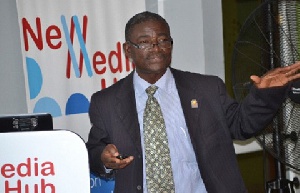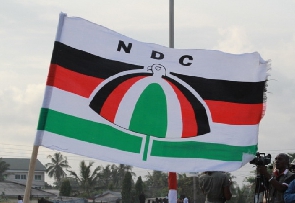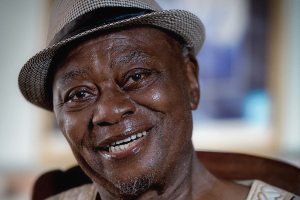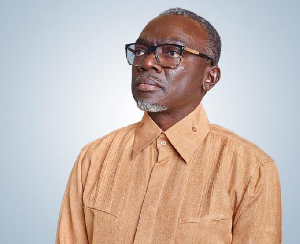The Public Interest & Accountability Committee (PIAC) has called on the Ghana National Gas Company (GNGC) to ensure that Volta River Authority (VRA) pays all debts in respect of lean gas sold to it.
A total of 11,719,783 mmBTU of lean gas, 36,200 MT of LPG and 10,563 MT of condensates were produced and sold by GNGC with sales value of $122.03 million during the first half of 2015.
But GNGC received $18.40 million during the period while $103.63 million owed by VRA remained unpaid.
PIAC, which made the recommendation in its latest report on Ghana’s oil and gas sector performance in the first half of 2015, also said no revenue was received from the gas sector even though 10,606 mmBTU of wet gas valued at $32.60 million was evacuated to the Atuabo Gas Processing Plant.
“This receivable, payable by GNGC, represents approximately 77 percent of revenue expected from gas during the period.”
National dialogue
PIAC called for an urgent national dialogue to build consensus on how best to use the ABFA resources since the current utilisation was imprudent and less likely to make any impact.
Petroleum receipts
A total of $213 million of petroleum receipts was allocated during the period under review with 69% of the amount (US$147.26 million) disbursed to the ABFA and remaining 31% ($66.33 million) going to the GNPC.
“This means that for the first time since the implementation of the PRMA began, no transfers were made to the Ghana Petroleum Funds.”
Fifty-five percent of the allocation to the ABFA was used to service loans contracted for oil and gas infrastructure, 21% allocated to build capacity in selected sectors, especially education, 20% used for roads and other infrastructure and 4% for interventions aimed at modernizing agriculture.
Approximately, a third (33.26%) of the allocation to the Roads and Other Infrastructure priority area was spent on 24 roads and ancillary services with expenditure ranging between GH¢127,591 and GH¢8,075,920. Fourteen (or 58%) of the road projects were new while 10 (42%) had benefitted from previous ABFA support.
Largest allocation
The largest share of the allocation to the other infrastructure projects was spent on water infrastructure, mainly in the construction of sea defence walls (21.54%), followed by the energy infrastructure, mainly on the National Electrification Scheme (17.36%), transport infrastructure, mainly rehabilitation of railway lines (13.87%) and education infrastructure – mainly construction of classroom blocks and dormitories (1.5%).
Agriculture
Only 4% of the total ABFA went into the agriculture modernization priority area, with 61% of the allocated amount being used to construct irrigation infrastructure while the remaining 39% was used to defray outstanding payment under the Fertilizer Subsidy Programme.
Business News of Monday, 4 April 2016
Source: dailyguideafrica,com

















